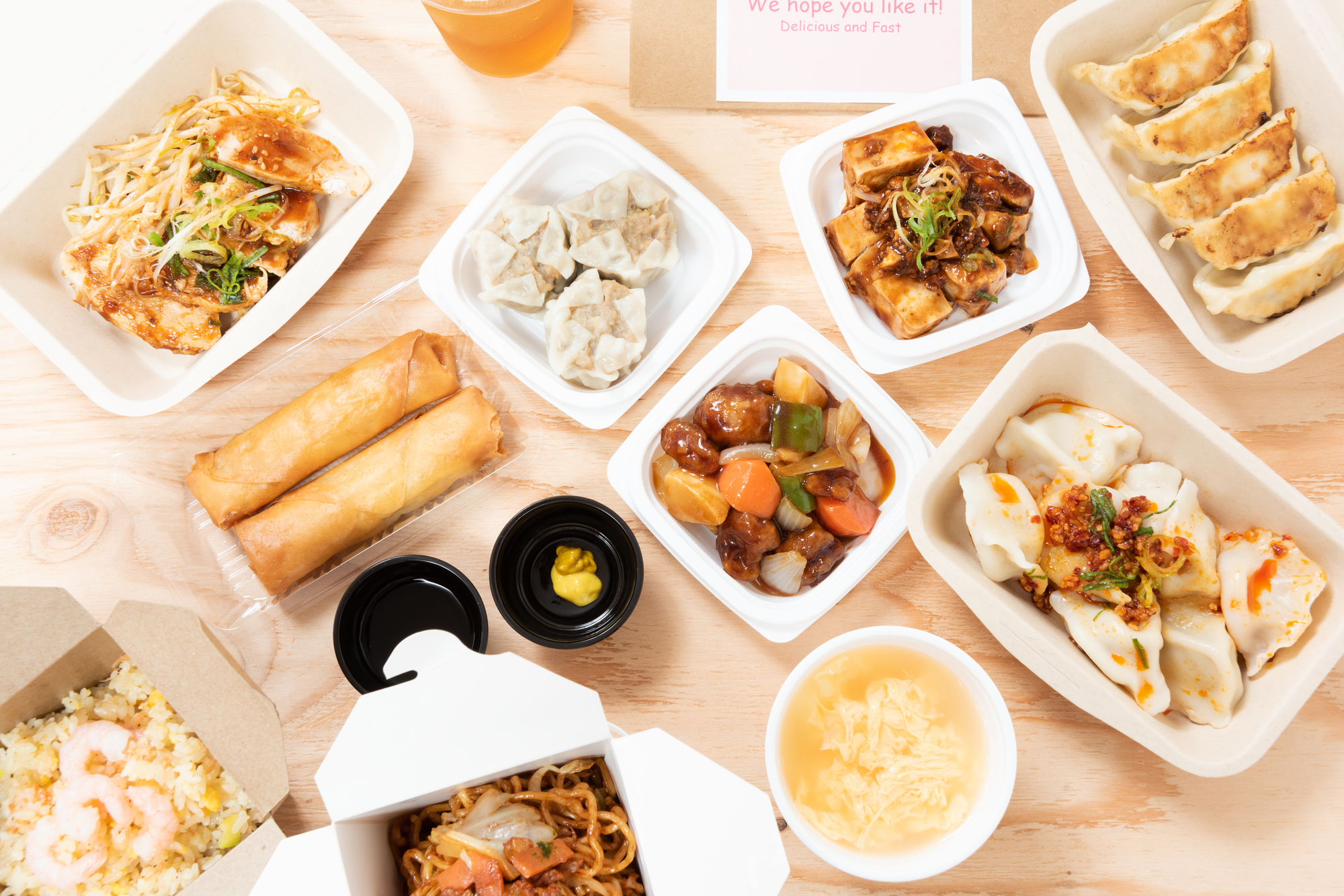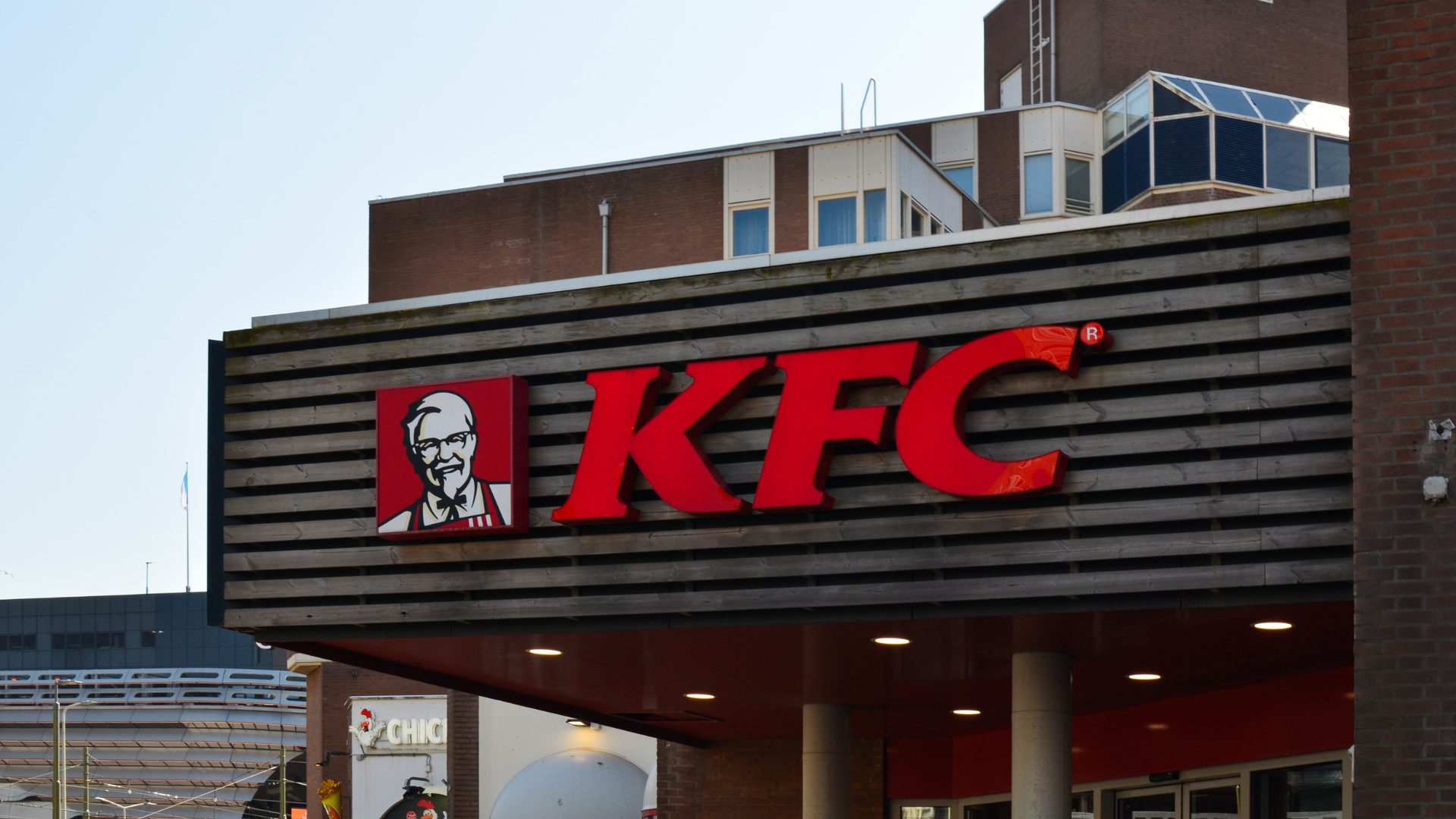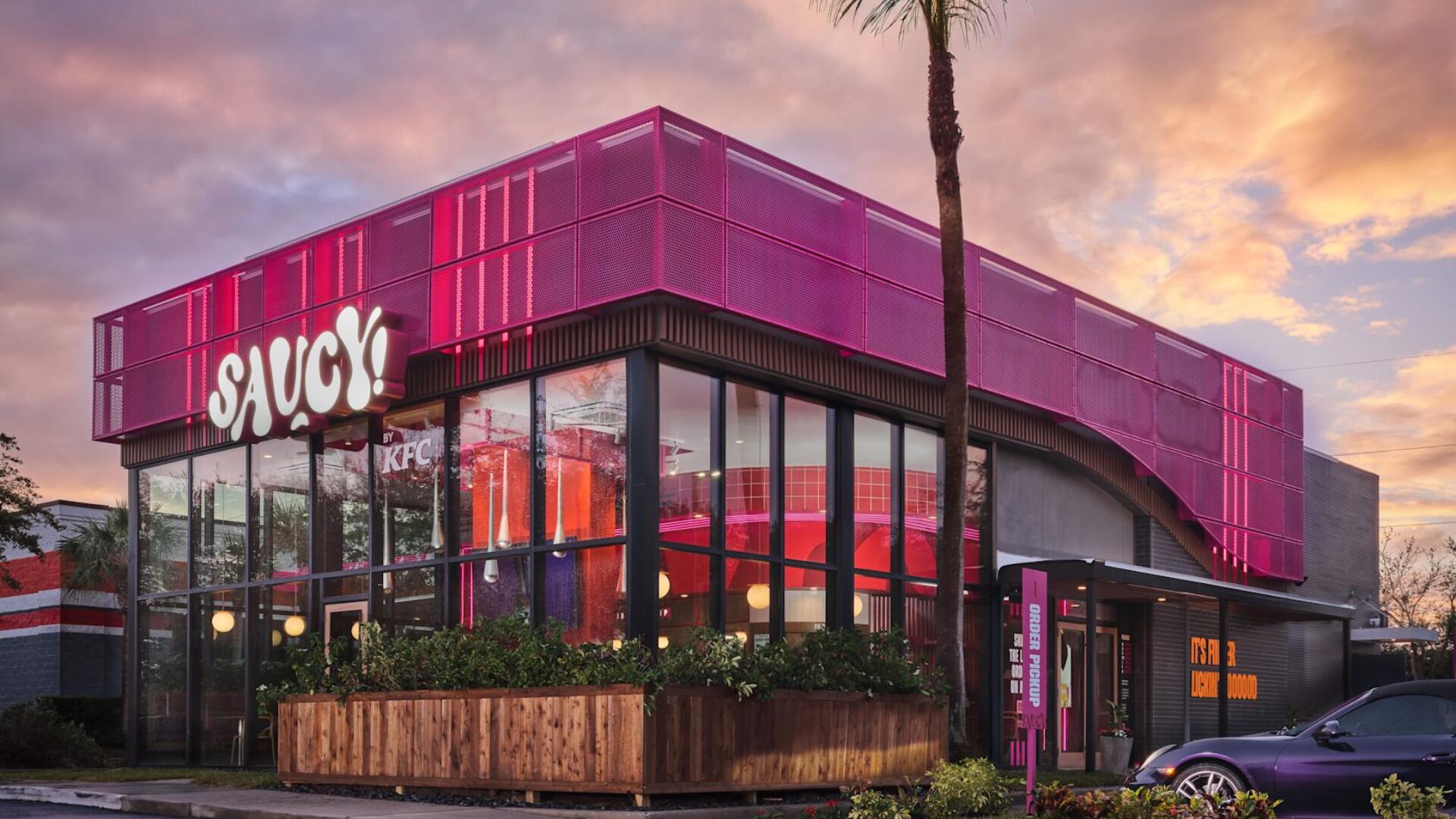Above all else, one thing has stood out about the restaurant world to CEO John Mazur: in the past decade, managing brand reputation has become an around-the-clock endeavor.
“The amount of unstructured feedback from consumers has exploded. The number of channels has exploded. It’s just non-stop,” Mazur, the CEO of Chatmeter, told The Food Institute. “So, it’s harder (for brands) to be reactive. It’s a constant mining, and ear-to-the-ground listening, about what our customers are saying.”
Chatmeter, a multi-location intelligence platform, recently published its 2024 QSR Reputation Rankings, and the findings revealed much about the current state of consumers.
Simply put, consumers are tired of paying $20 to feed their children at burger chains, and their patience has run thin with respect to wait times.
“The biggest thing is price sensitivity is just massive. Price sensitivity is top of mind,” Mazur said.
“Our data is showing us that customers are hypersensitive to (price), because they feel like things have gotten a little out of control.”
When prices start to irritate fast-food customers, they tend to pile on complaints about anything and everything, Mazur noted.
“Once people feel like you’re trying to take advantage,” Mazur said, “they become hyper-sensitive and attack.”
Chick-fil-A topped Chatmeter’s 2024 Reputation Rankings, thanks in large part to the chain’s exemplary service and beloved chicken sandwiches.
Hardee’s/Carl’s Jr. and Arby’s were next in the brand reputation rankings (Hardee’s and Arby’s also ranked first and second, respectively, in Chatmeter’s “pricing/value individual ranking.”) Mazur noted that the burgers at Carl’s Jr. have developed an almost cult-like following of late.
For Carl’s Jr., “people have really been raving about their burger,” he said.
Here’s a look at the top 10 chains in Chatmeter’s 2024 overall rankings:
- Chick-fil-A
- Hardee’s
- Arby’s
- McDonald’s
- Wendy’s
- Jack In The Box
- Zaxby’s
- Panda Express
- Five Guys
- Taco Bell
Customer-Service Advice
After years of poring over customer service data for all business types, Mazur has come to a few conclusions: businesses – especially fast-food chains – must take the following steps if they want to avoid negative online reviews and protect their brand reputation.
Listen. In 2024, it’s imperative that restaurants treat customers with compassion and hear out their complaints.
“What we consult with our clients and tell them,” Mazur said, is that “social media today is less about you pushing out your narrative as it is about really using it as a place to get honest feedback about what customers are thinking.
“You’ve really got to listen.”
Engage with feedback. Chatmeter has found that brands that respond to poor reviews, seek more information, and eventually apologize tend to receive higher CSR scores than those that don’t. These days, simply pumping out a sterile press release is rarely effective.
“One thing that people can decipher in today’s world,” Mazur said, “is authenticity.”
“What we’ve found, time and again, is when something wrong happens, when a brand really acknowledges it, doesn’t try to put this corporate spin on it, but just acknowledges it – (saying) ‘Thanks for telling us about this, we’re going to look into it’ (helps). … It’s about people feeling valued.”
When disappointed restaurant customers take to X, Facebook, or TikTok to complain about the service they’ve received, they have come to expect an apologetic direct message from the business they’ve called out. And, often, when the restaurant responds transparently, the issue is rectified.
It’s the only way for QSRs to operate these days.
“It’s that whole human element and authenticity element,” Mazur said. The fact that “you cared enough about us to actually reach out to us goes a long way.”
The Food Institute Podcast
Restaurant results for the second quarter weren’t stellar, but people still need to eat. Are they turning to their refrigerators, or are restaurants still on the menu for consumers? Circana Senior Vice President David Portalatin joined The Food Institute Podcast to discuss the makeup of the current restaurant customer amid a rising trend of home-centricity.











